Home>Technology>Security & Surveillance>How To Unlock A Jammed Door Lock
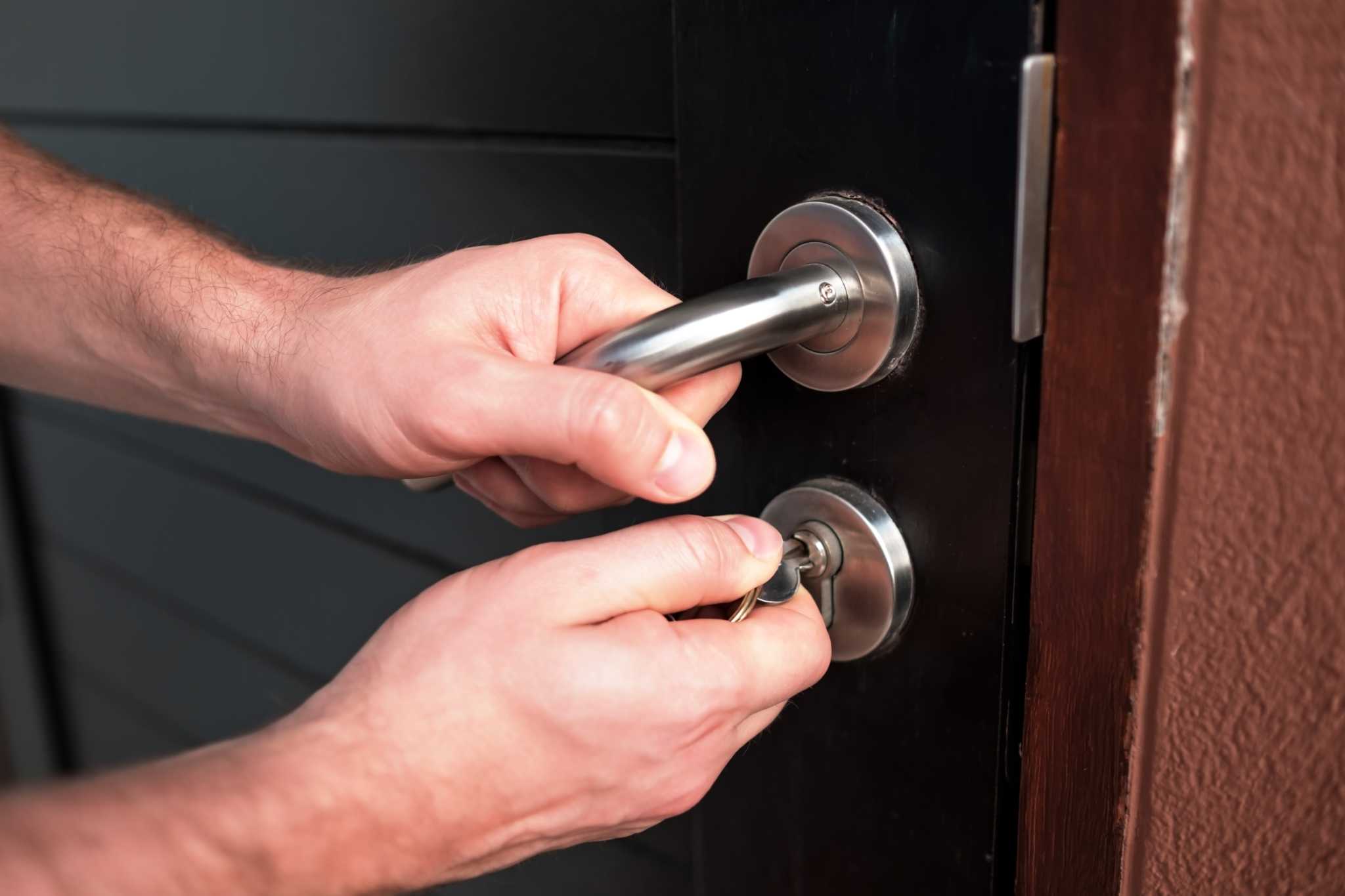

Security & Surveillance
How To Unlock A Jammed Door Lock
Published: December 26, 2023
Learn how to safely unlock a jammed door lock with our expert tips. Ensure your security and surveillance with our step-by-step guide. Unlock your door with ease!
(Many of the links in this article redirect to a specific reviewed product. Your purchase of these products through affiliate links helps to generate commission for Storables.com, at no extra cost. Learn more)
Introduction
Dealing with a jammed door lock can be a frustrating and inconvenient experience. Whether it’s the result of a rusty mechanism, a broken key, or another issue, a jammed door lock can disrupt your daily routine and compromise the security of your property. However, with the right knowledge and tools, you can often resolve this issue without the need for professional assistance. In this comprehensive guide, we will explore various methods for unlocking a jammed door lock, providing you with the insights and techniques needed to address this common household problem effectively.
As we delve into the intricacies of unlocking a jammed door lock, it’s essential to approach the situation with patience and a methodical mindset. By understanding the underlying causes of a jammed lock and employing the appropriate solutions, you can regain access to your property and restore the functionality of your door lock. Whether you’re facing this challenge for the first time or seeking to expand your knowledge of home security and maintenance, this guide will equip you with the essential information to tackle a jammed door lock confidently and effectively.
Key Takeaways:
- Understanding the underlying causes of a jammed door lock, such as dirt, rust, or a broken key, can help you choose the right method to fix it, whether it’s lubrication, key extraction, or seeking professional help.
- Assessing the situation and using the appropriate tools, like lubricants or key extraction tools, can help you unlock a jammed door lock and restore the security of your property.
Read more: How To Fix A Jammed Door Lock
Understanding the Problem
Before attempting to unlock a jammed door lock, it’s crucial to grasp the potential reasons behind this issue. A jammed lock can stem from various factors, including mechanical failures, environmental influences, or human error. Common causes of jammed door locks include the accumulation of dirt and debris within the lock mechanism, the degradation of internal components due to age or lack of maintenance, or the insertion of a damaged or incorrect key.
Furthermore, environmental factors such as exposure to moisture, extreme temperatures, or corrosive substances can contribute to the deterioration of a lock’s functionality, leading to jamming and difficulty in operation. Understanding the specific circumstances that may have led to the lock jamming will guide your approach in resolving the issue effectively.
Additionally, it’s essential to consider the type of lock in question. Whether it’s a traditional key-operated lock, a deadbolt, or a modern electronic lock, each type presents distinct challenges and potential solutions. By assessing the nature of the lock and the surrounding conditions, you can tailor your approach to address the jammed mechanism with precision.
By gaining insight into the underlying problem, you can approach the task of unlocking a jammed door lock with a clear understanding of the potential causes and the necessary steps to rectify the situation. In the subsequent sections, we will explore practical methods and techniques to address different scenarios of jammed door locks, empowering you to navigate this common household challenge with confidence and competence.
Assessing the Situation
When faced with a jammed door lock, a systematic assessment of the situation is crucial to determine the extent of the issue and identify the most suitable approach for resolution. Begin by examining the external condition of the lock, checking for signs of physical damage, rust, or other visible irregularities. This visual inspection can provide valuable insights into the potential causes of the jammed lock.
Next, consider the history of the lock’s performance. Has it exhibited signs of stiffness or difficulty in turning the key in the past? Understanding the lock’s previous behavior can offer clues about the underlying issues contributing to the current jammed state.
If a key is stuck in the lock, assess its condition and orientation within the keyway. A broken or bent key can exacerbate the jamming, requiring careful extraction before attempting to unlock the mechanism. In such cases, it’s important to exercise caution to avoid further damaging the lock or key.
Environmental factors should also be taken into account. If the lock is exposed to moisture or has endured extreme temperature fluctuations, these conditions may have influenced the internal components, leading to the jammed state. Additionally, consider the presence of any foreign objects or debris that may have inadvertently entered the lock, impeding its functionality.
Furthermore, evaluate the urgency of the situation. Is the jammed lock impeding access to a vital area, or is it a secondary entry point that can be addressed at a later time? Understanding the immediate impact of the jammed lock will help prioritize the resolution process and determine the level of intervention required.
By thoroughly assessing the situation, you can gather essential information to inform your approach in unlocking the jammed door lock. This proactive evaluation sets the stage for implementing targeted solutions, whether through DIY methods or the involvement of professional locksmith services, ensuring a well-informed and effective response to the challenge at hand.
Try using a lubricant like WD-40 or graphite powder to loosen the jammed lock. Insert the nozzle into the keyhole and spray or sprinkle the lubricant, then try turning the key again.
Applying Lubrication
One of the most common causes of a jammed door lock is the accumulation of dirt, dust, or rust within the internal mechanism. In many cases, addressing this issue can be effectively achieved through the application of lubrication to the keyway and internal components of the lock. By introducing the appropriate lubricant, you can facilitate smoother operation and potentially alleviate the jammed state of the lock.
Before applying any lubricant, it’s essential to select a suitable product. Graphite-based lubricants or silicone-based sprays are often recommended for door locks, as they offer excellent penetration and long-lasting lubrication without leaving residue that can attract additional debris. Avoid using oil-based lubricants, as they may contribute to the accumulation of grime and hinder the lock’s performance in the long run.
To begin the lubrication process, insert the nozzle of the chosen lubricant into the keyway and dispense a moderate amount of lubricant. Allow the lubricant to penetrate the internal components by gently turning the key back and forth. This action helps distribute the lubricant throughout the lock, reaching areas that may be contributing to the jammed condition.
After applying the lubricant, operate the lock several times to facilitate the distribution of the lubricant and assess any improvement in its functionality. In some instances, the jammed state may be alleviated through this simple yet effective method, restoring the smooth operation of the lock without the need for further intervention.
It’s important to exercise patience when applying lubrication, as the process may require multiple applications over time to achieve the desired results. Additionally, avoid over-saturating the lock with lubricant, as excessive residue can attract dust and impede the lock’s performance in the future.
By applying the appropriate lubrication to the jammed door lock, you can address common issues related to internal friction and debris accumulation, potentially resolving the jammed state and restoring the lock’s functionality. However, if lubrication alone does not yield the desired outcome, alternative methods such as using a key extraction tool may be necessary to unlock the door and address the underlying causes of the jammed lock.
Using a Key Extraction Tool
When a key is stuck or broken inside a jammed door lock, employing a key extraction tool can be a viable solution to address this challenging scenario. Key extraction tools are designed to safely remove broken or lodged keys from locks, allowing for the restoration of functionality without necessitating the replacement of the entire lock mechanism.
Before initiating the key extraction process, it’s important to assess the condition of the key within the lock. If the key is partially protruding, attempt to carefully grasp it with needle-nose pliers or tweezers, gently pulling it out of the keyway. Exercise caution to avoid applying excessive force, as this may further damage the key or the lock.
If the key is lodged deep within the keyway or broken in a way that precludes manual extraction, a key extraction tool can be utilized to safely dislodge the key fragments. These specialized tools feature fine, hooked probes that can be inserted into the keyway to grasp and extract the broken key components without causing additional harm to the lock’s internal mechanism.
When using a key extraction tool, it’s crucial to work methodically and patiently, maneuvering the tool within the keyway to engage with the broken key fragments. Carefully apply gentle pressure to coax the key out of the lock, avoiding abrupt movements that may exacerbate the jammed state or cause further damage.
After successfully extracting the broken key components, assess the condition of the lock and keyway to ensure that no residual fragments or damage remain. Operate the lock with a spare key to confirm that the mechanism functions smoothly and without obstruction. If the lock operates as intended, the key extraction process has effectively resolved the jammed state, allowing for the resumption of normal use without the need for extensive repairs or replacements.
By utilizing a key extraction tool with precision and care, you can address the challenges posed by a jammed door lock due to a stuck or broken key. This method offers a targeted and non-invasive approach to resolving the issue, preserving the integrity of the lock while restoring its operational functionality.
Read more: How To Unlock Eufy Door Lock
Seeking Professional Help
While DIY methods can often resolve jammed door lock issues, there are circumstances where seeking professional assistance from a qualified locksmith becomes the most prudent course of action. When faced with complex or persistent lock jamming problems, the expertise and specialized tools of a locksmith can provide effective solutions and ensure the long-term security and functionality of your door locks.
Professional locksmiths possess the knowledge and experience to diagnose the underlying causes of a jammed door lock accurately. Whether the issue stems from internal mechanical failures, damaged components, or intricate electronic lock systems, a locksmith can conduct a thorough assessment to determine the most appropriate and sustainable resolution.
Locksmiths are equipped with a diverse array of tools and techniques tailored to address various lock-related challenges. From precision lock picking and key extraction to the repair or replacement of malfunctioning components, locksmiths have the expertise to navigate complex lock mechanisms and restore their proper functionality.
Moreover, locksmith services extend beyond immediate issue resolution. A reputable locksmith can offer valuable insights and recommendations for enhancing the overall security of your property, including the installation of high-security locks, electronic access control systems, and supplementary security measures to fortify your home or business premises.
When engaging the services of a locksmith, it’s essential to choose a licensed and reputable professional with a track record of reliability and customer satisfaction. By selecting a qualified locksmith, you can benefit from the assurance of quality workmanship and adherence to industry standards, ensuring that your lock-related concerns are addressed with professionalism and expertise.
In situations where DIY methods have proven ineffective or when facing complex lock jamming issues, enlisting the support of a skilled locksmith offers a comprehensive and dependable solution. By leveraging the specialized knowledge and resources of a professional locksmith, you can effectively resolve jammed door lock challenges and safeguard the security and accessibility of your property.
Frequently Asked Questions about How To Unlock A Jammed Door Lock
Was this page helpful?
At Storables.com, we guarantee accurate and reliable information. Our content, validated by Expert Board Contributors, is crafted following stringent Editorial Policies. We're committed to providing you with well-researched, expert-backed insights for all your informational needs.
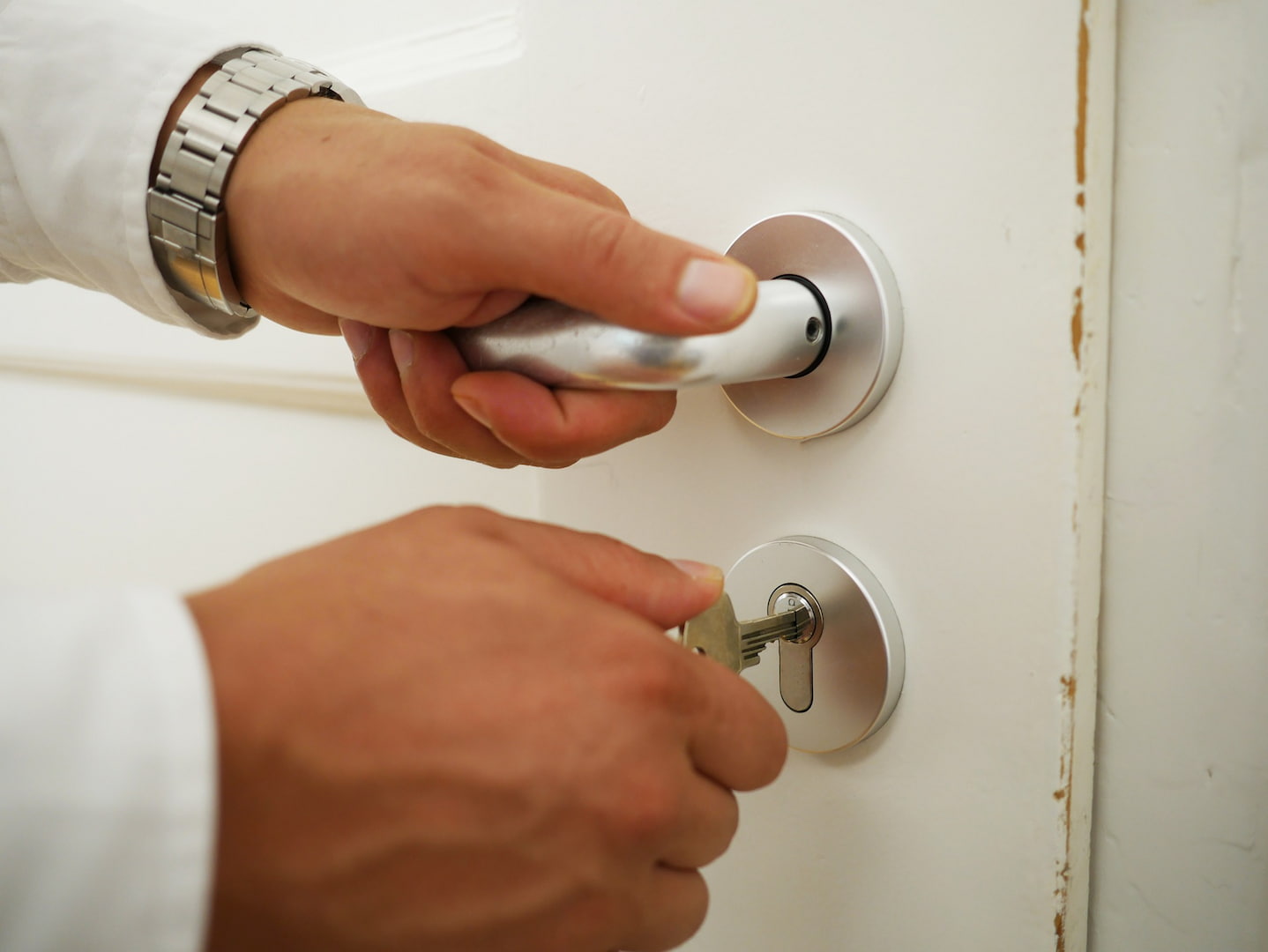
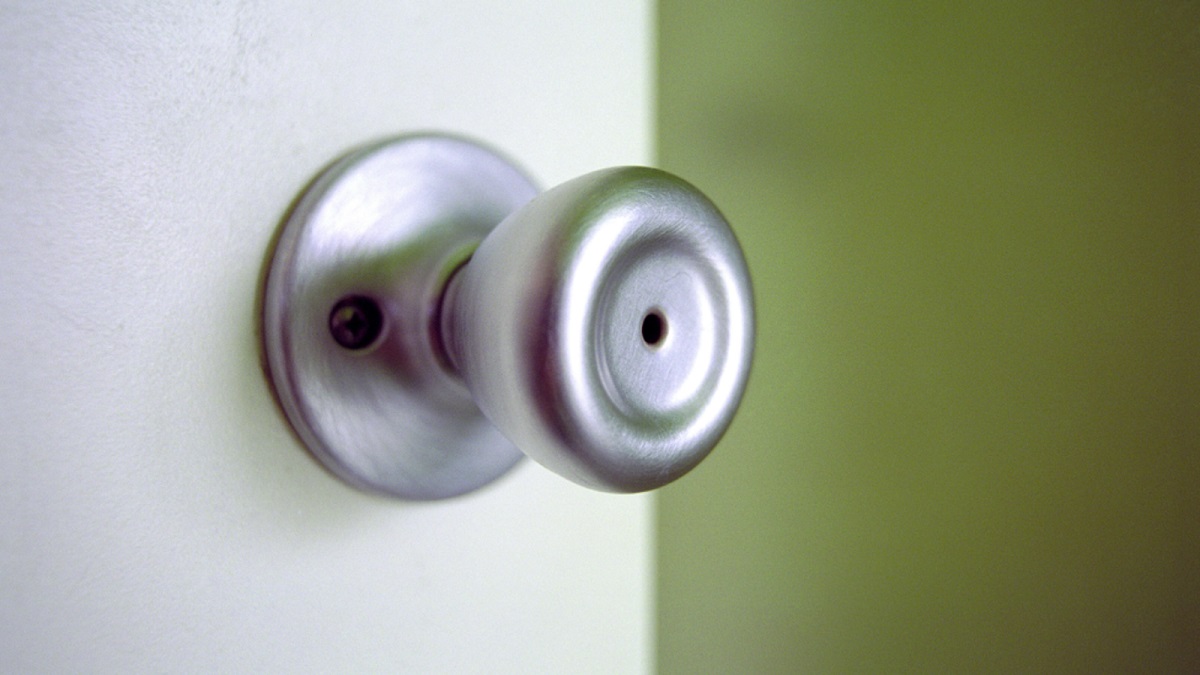
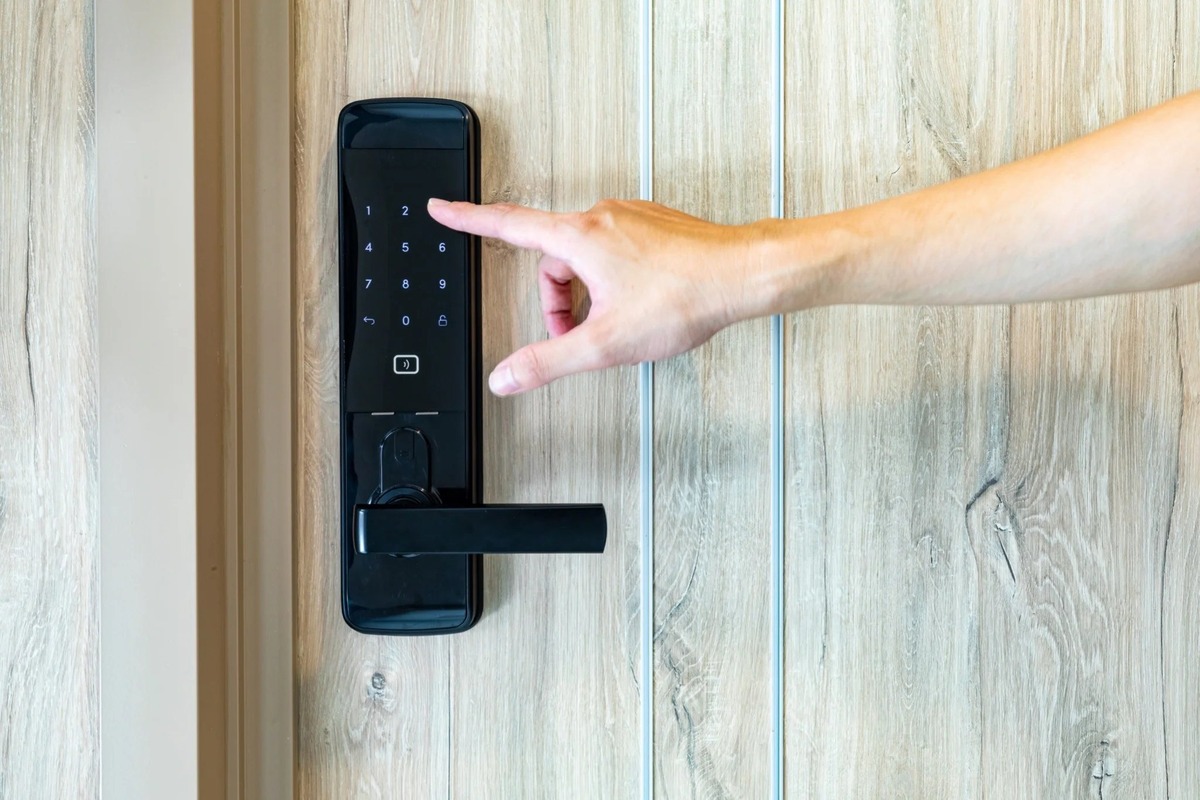
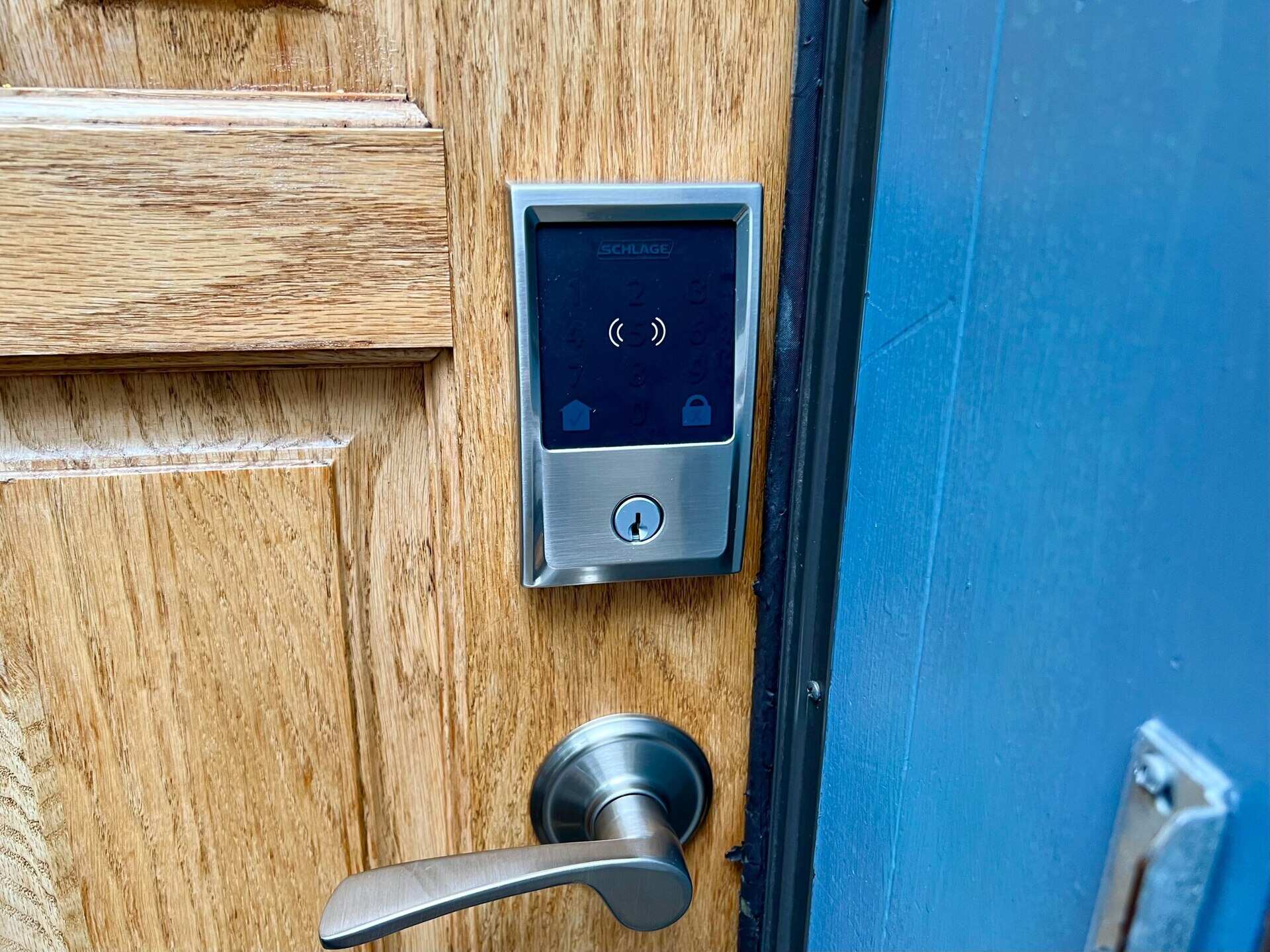
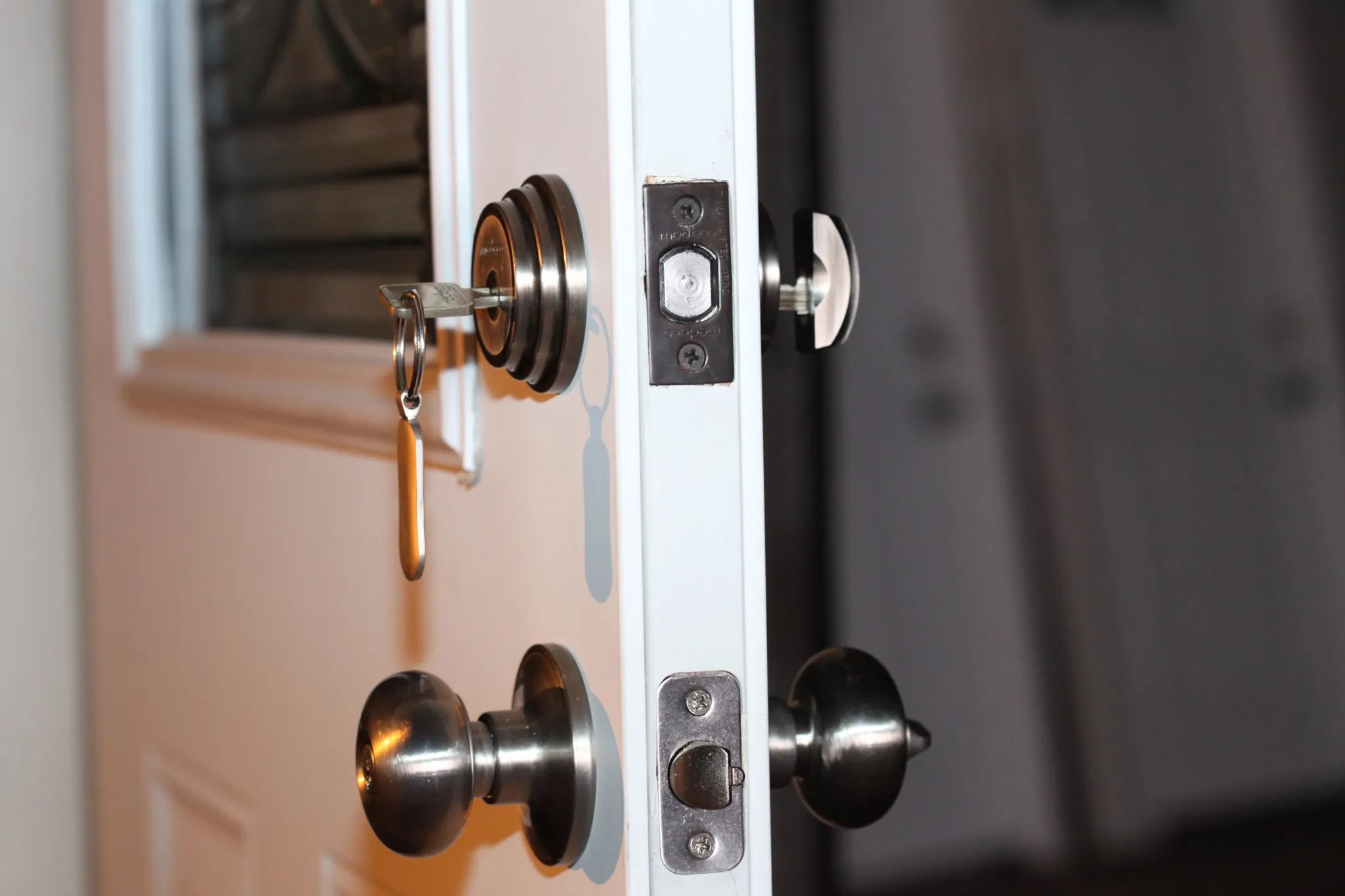
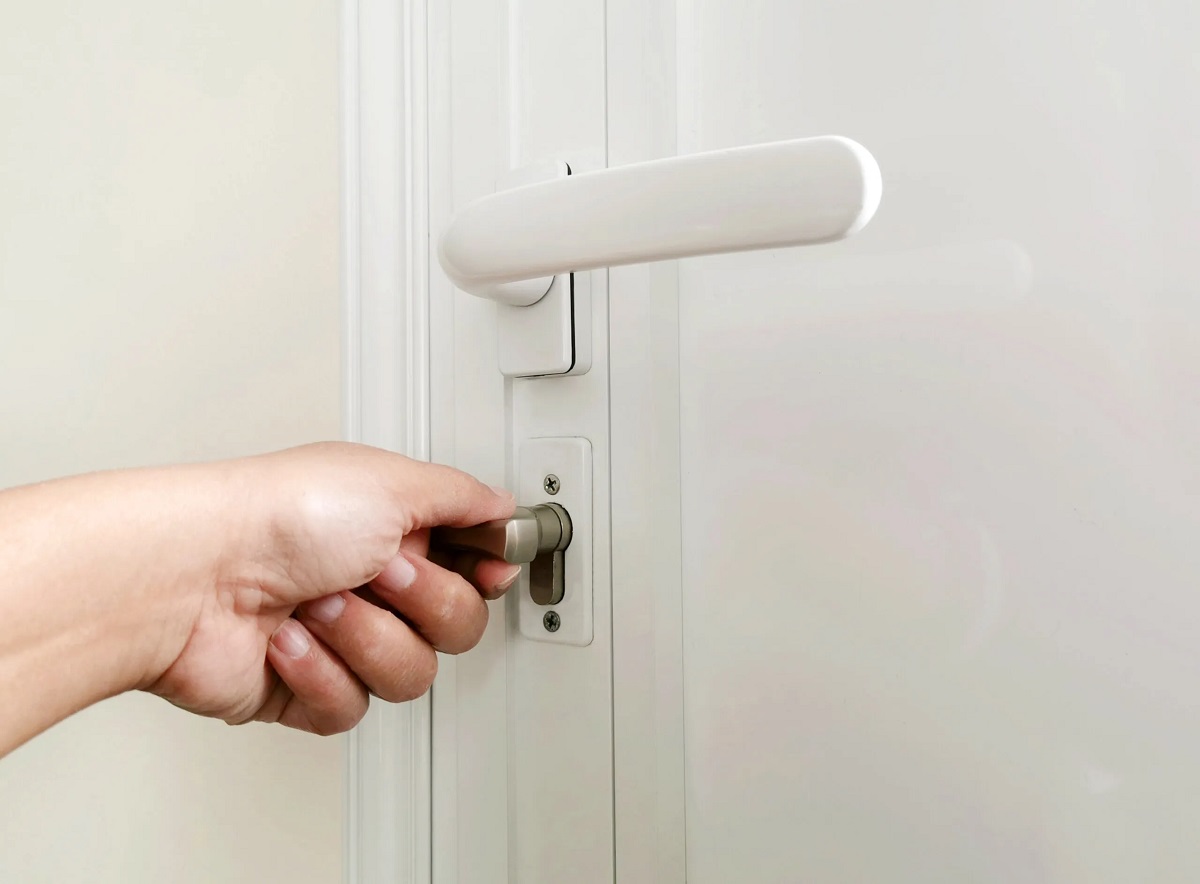
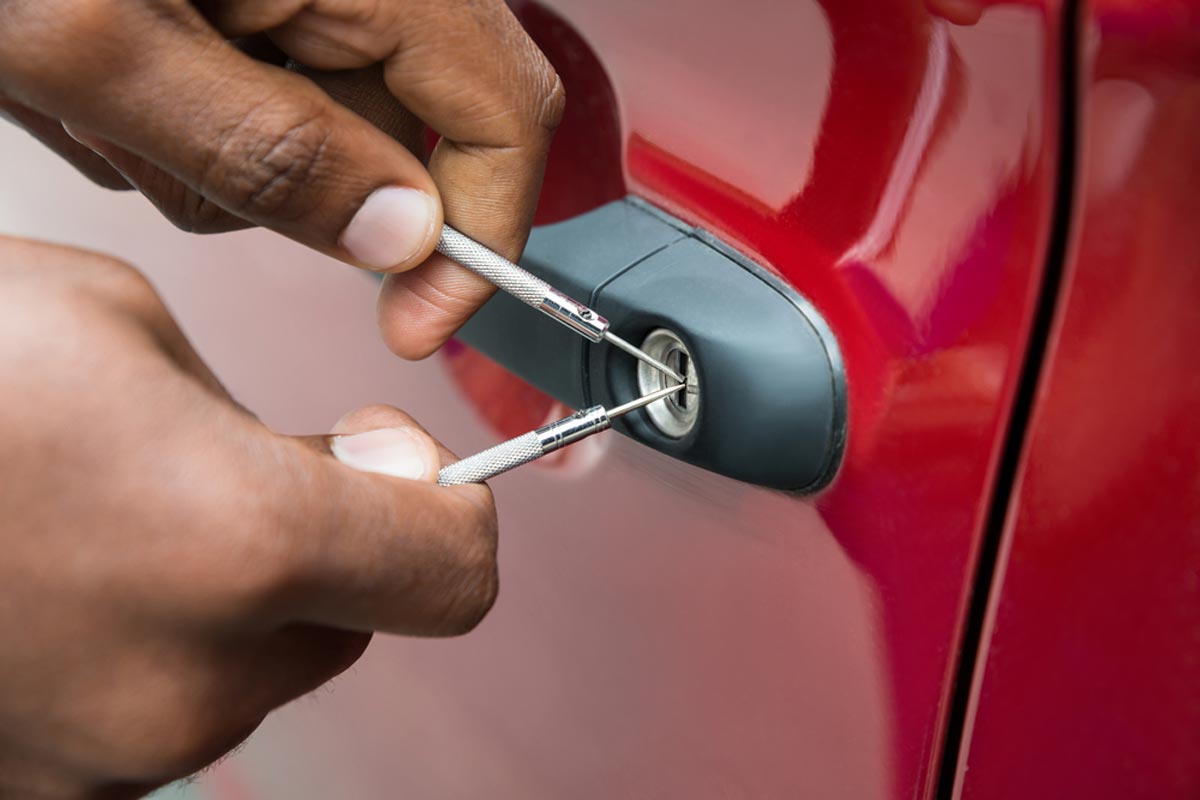
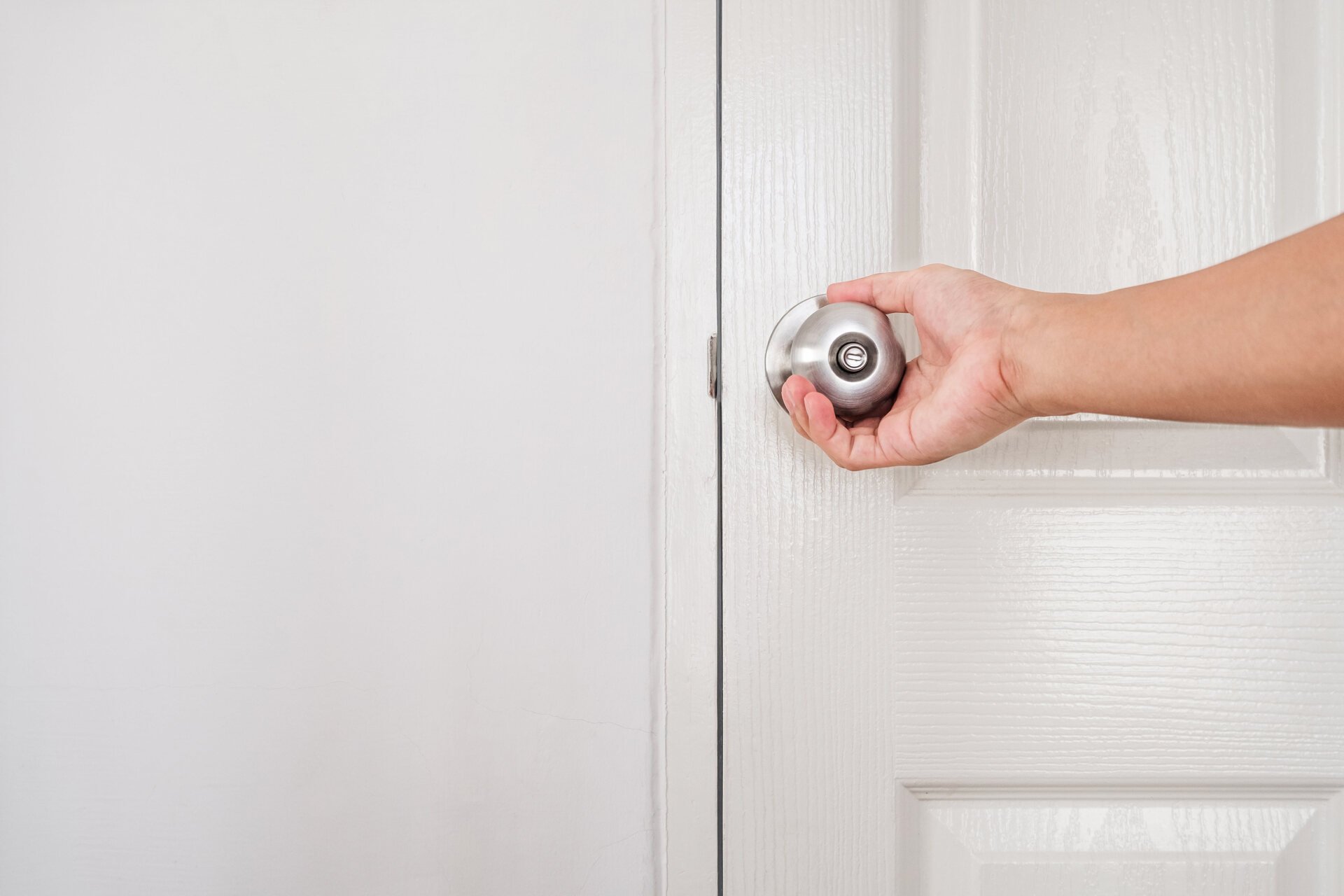
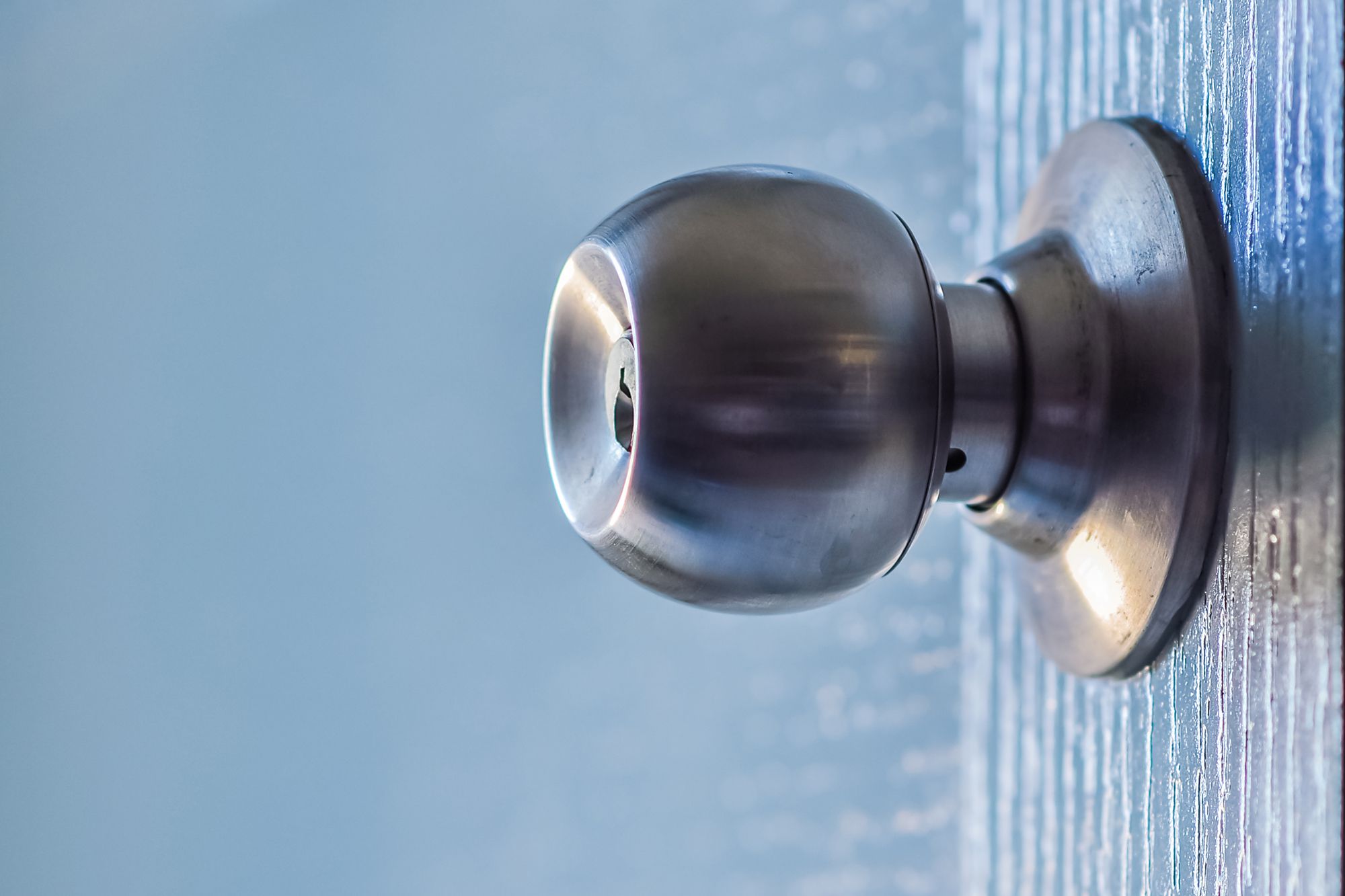
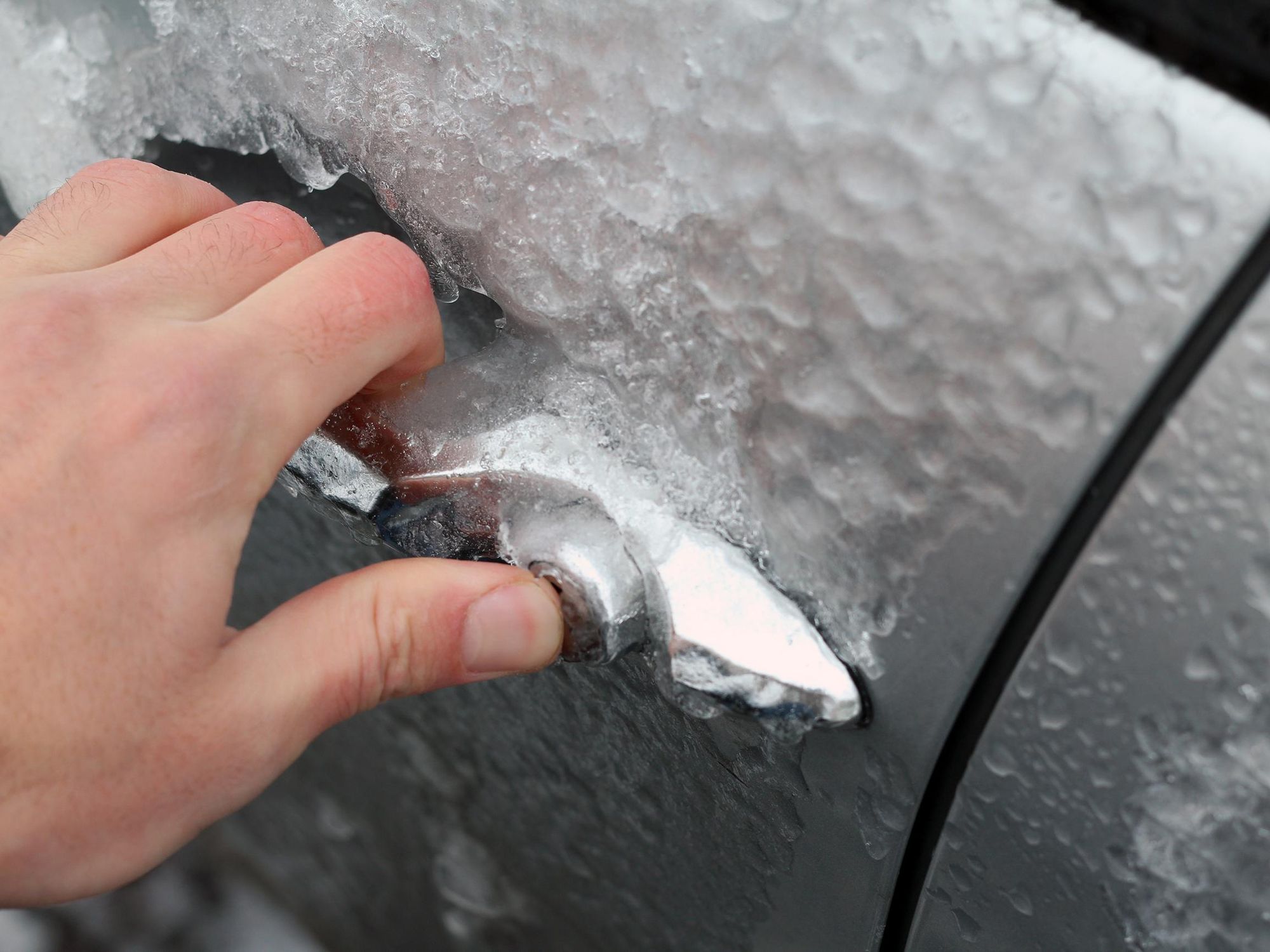
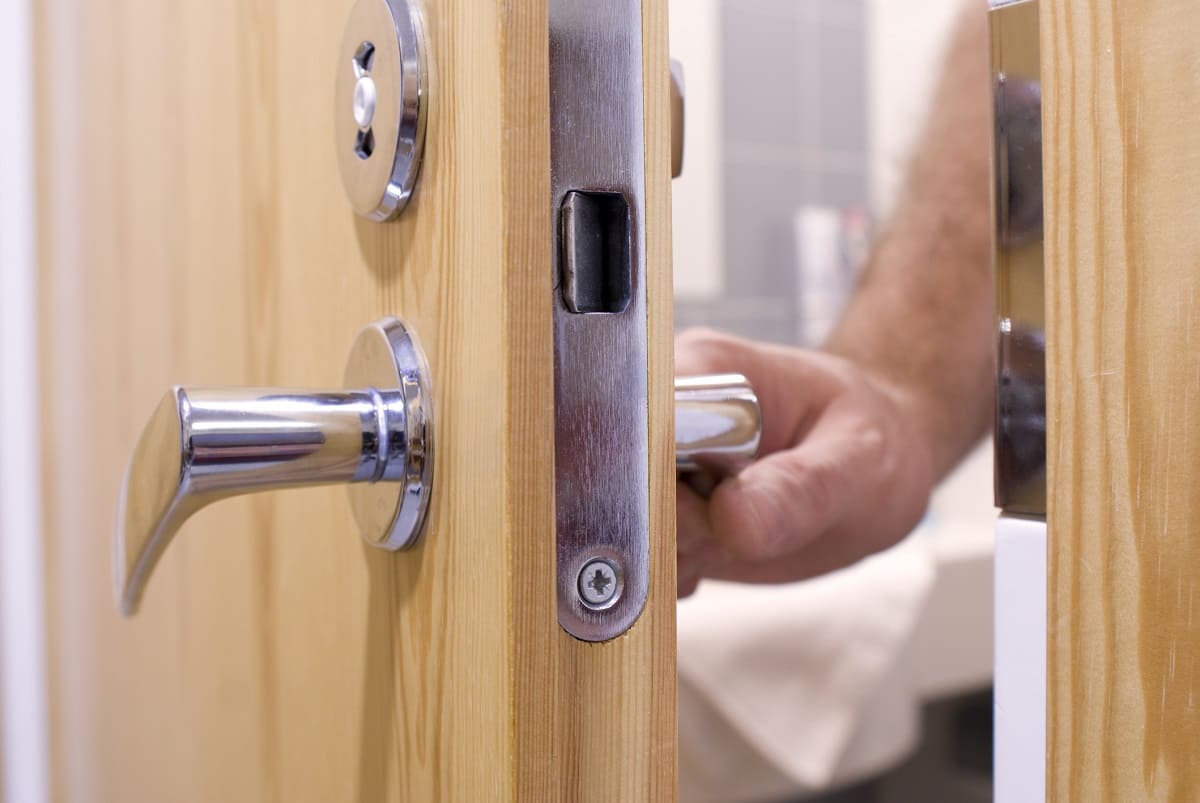
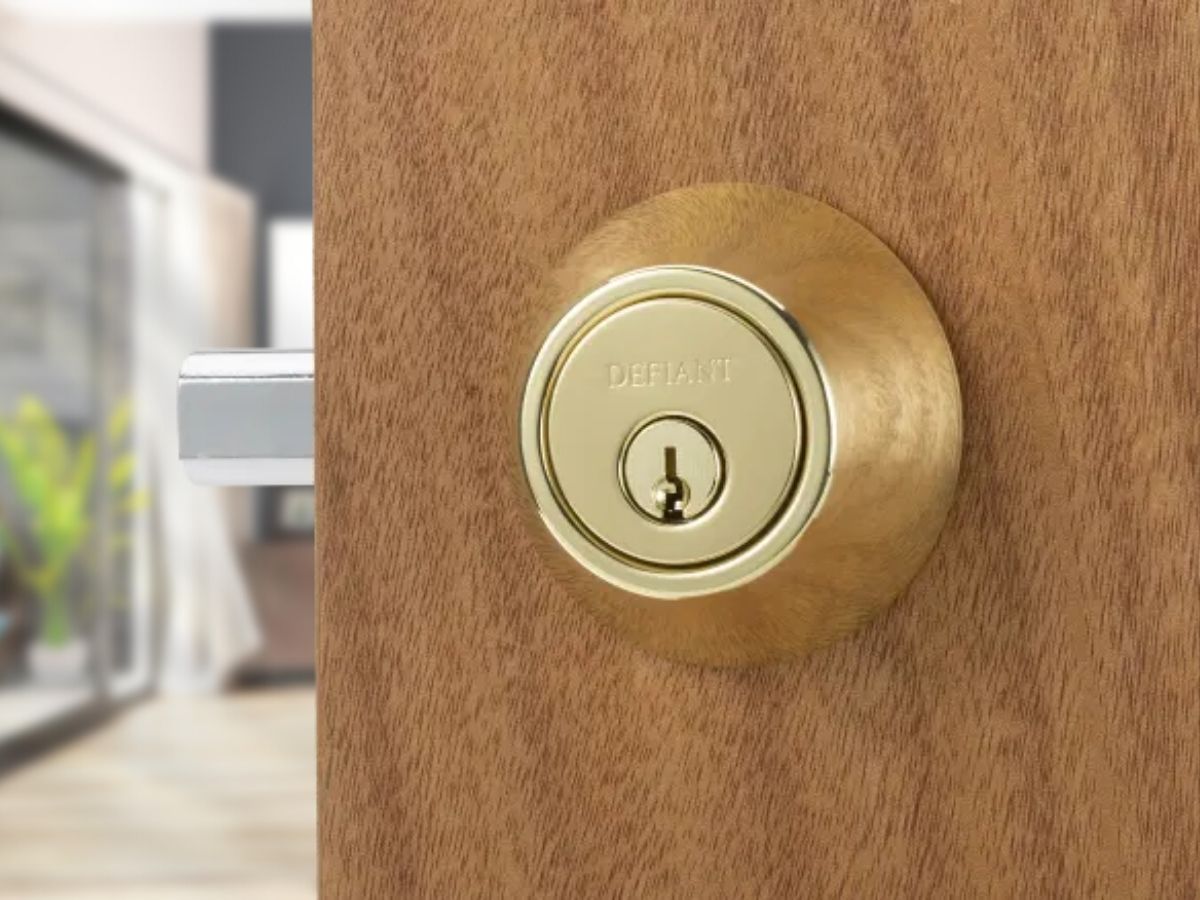
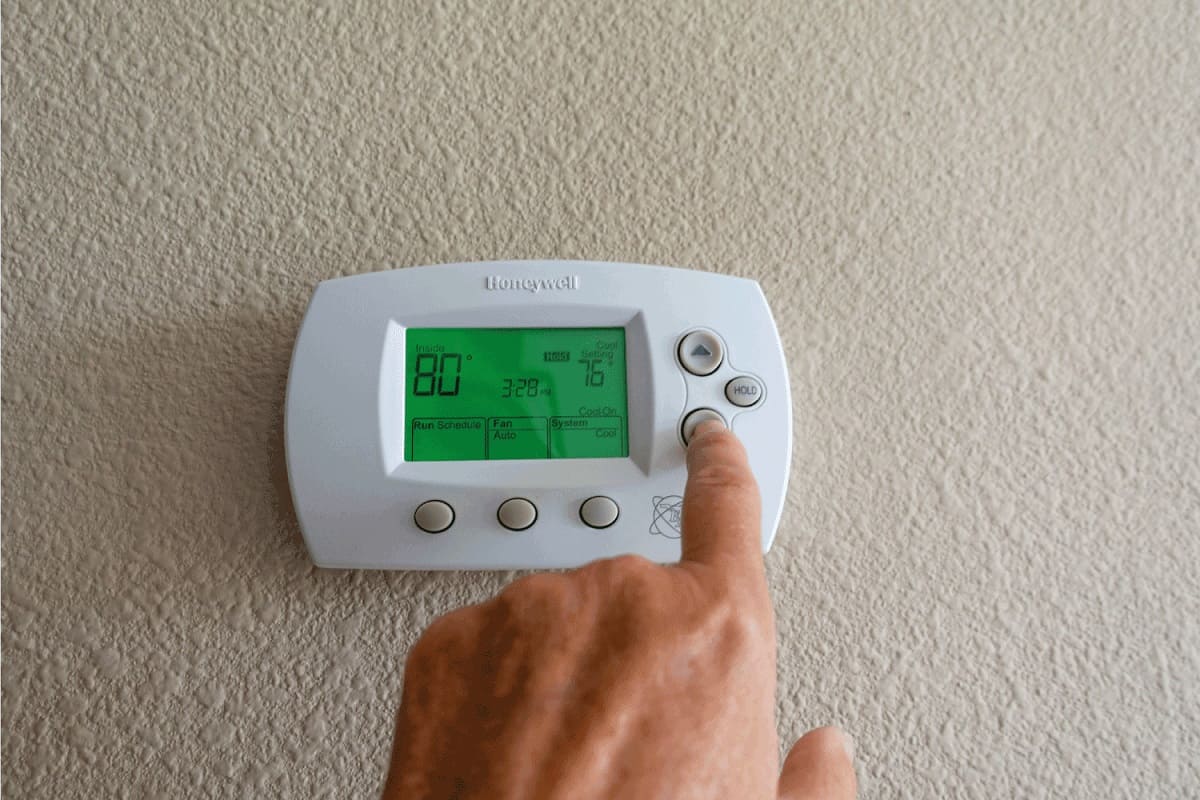
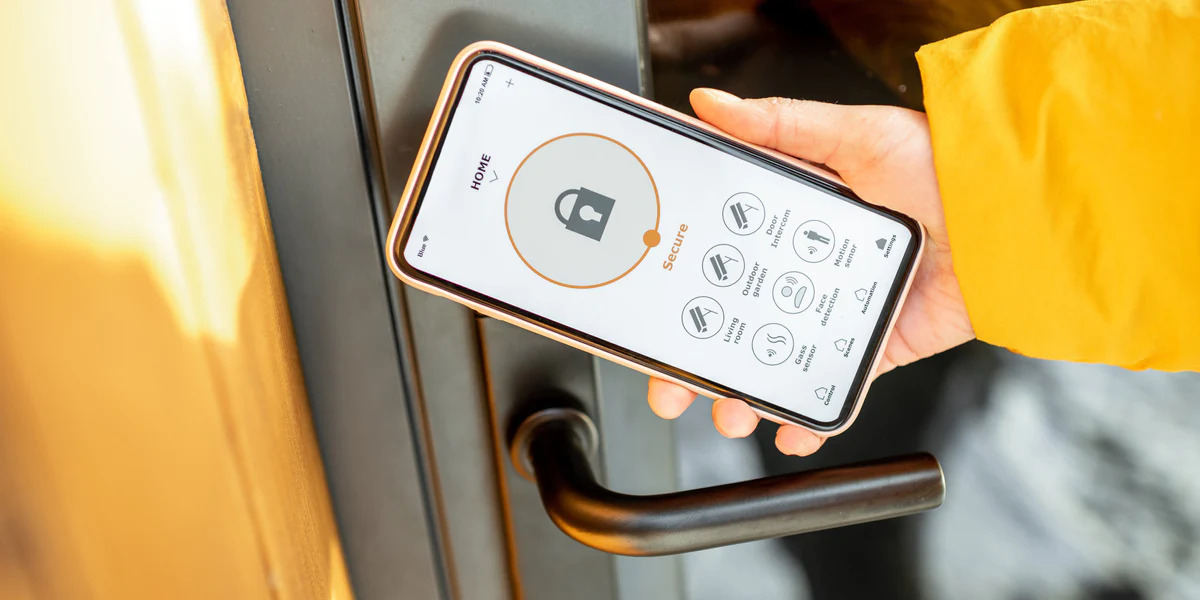

0 thoughts on “How To Unlock A Jammed Door Lock”